Gentlemen,
In one of my more recently acquired books"BERG KAMERADEN IN UNIFORM" by M. SEIDEL are pictures of three different types of winter snow camo uniforms. They all appear to be cut the same but they are unfamiliar to me. One is in all white while the other two have a darker pattern on them. Of the ones with a pattern on them, one has sort of a rain drop pattern while the other has strokes of different colours. I am assuming these are early trial patterns as the book dates from 1961. I have only shown the ones with a pattern. Anyone have any information on these uniforms?
Regards,
Gordon
In one of my more recently acquired books"BERG KAMERADEN IN UNIFORM" by M. SEIDEL are pictures of three different types of winter snow camo uniforms. They all appear to be cut the same but they are unfamiliar to me. One is in all white while the other two have a darker pattern on them. Of the ones with a pattern on them, one has sort of a rain drop pattern while the other has strokes of different colours. I am assuming these are early trial patterns as the book dates from 1961. I have only shown the ones with a pattern. Anyone have any information on these uniforms?
Regards,
Gordon


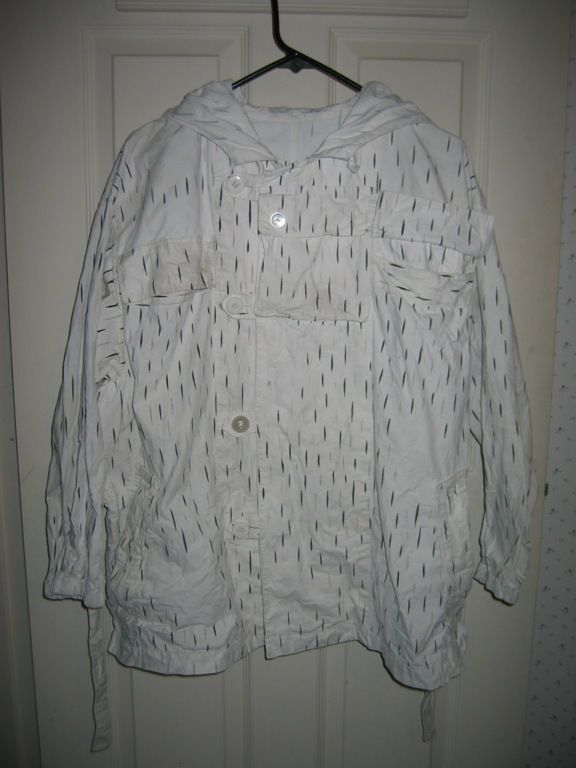
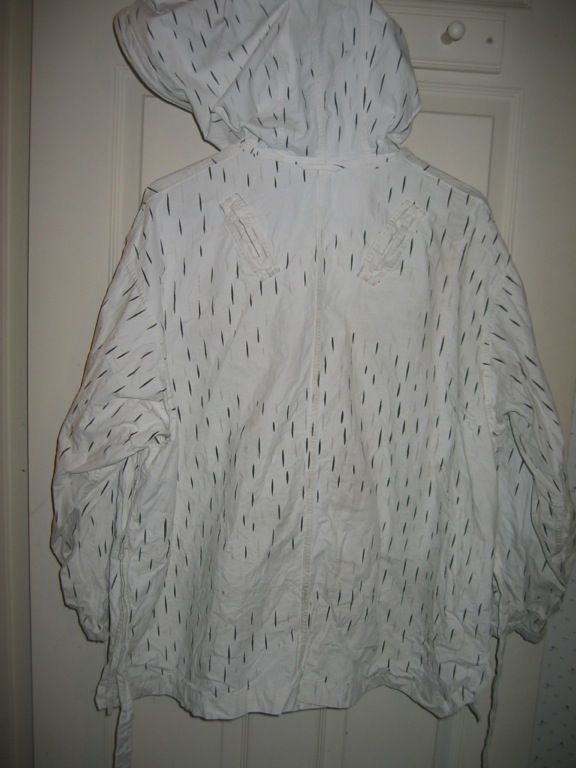
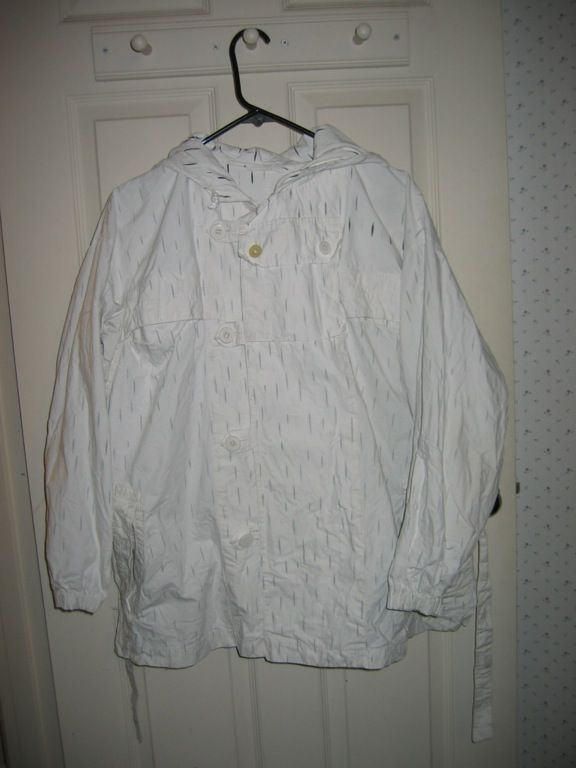
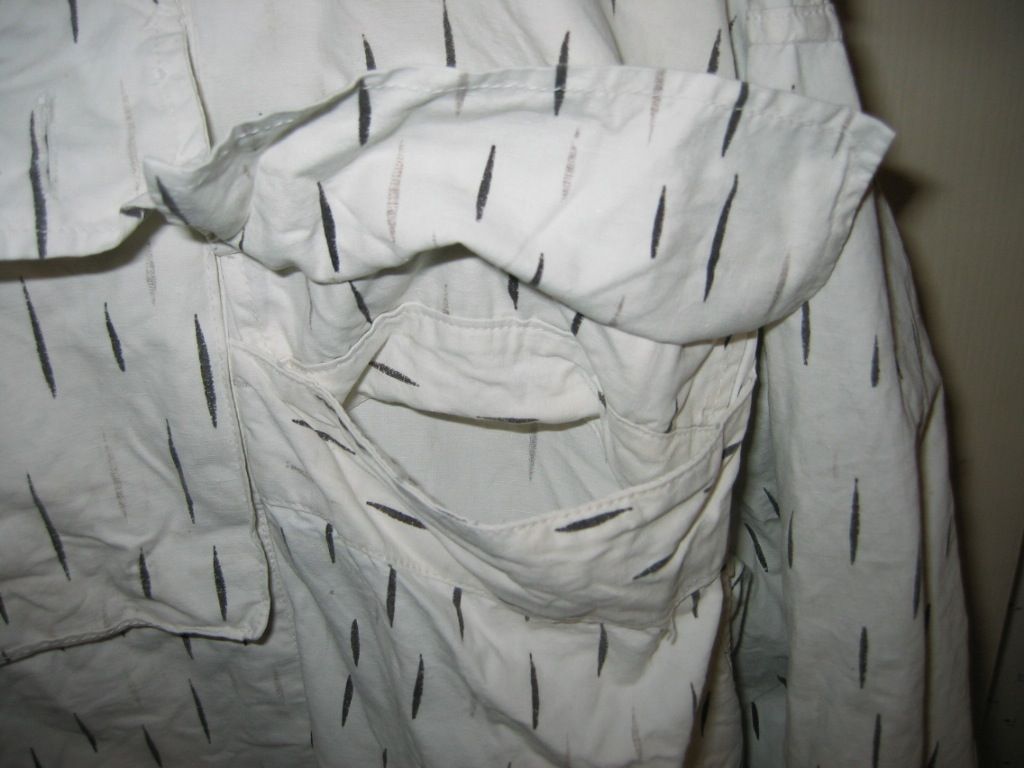
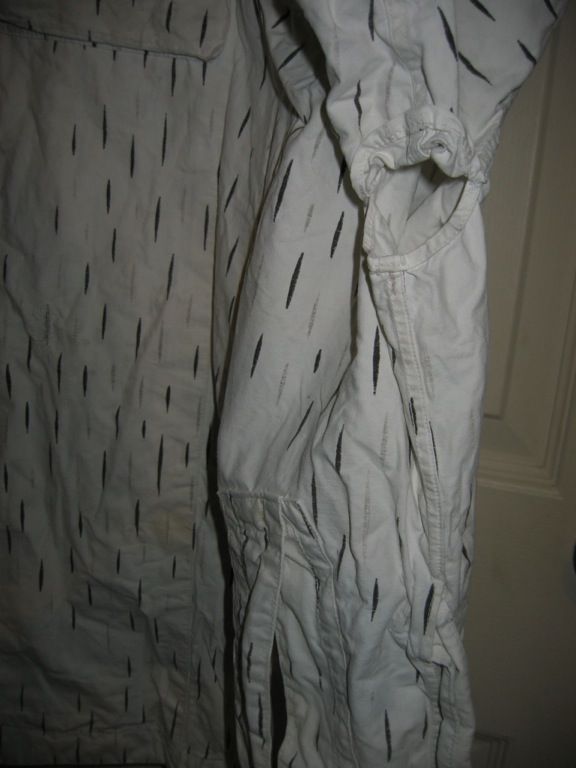
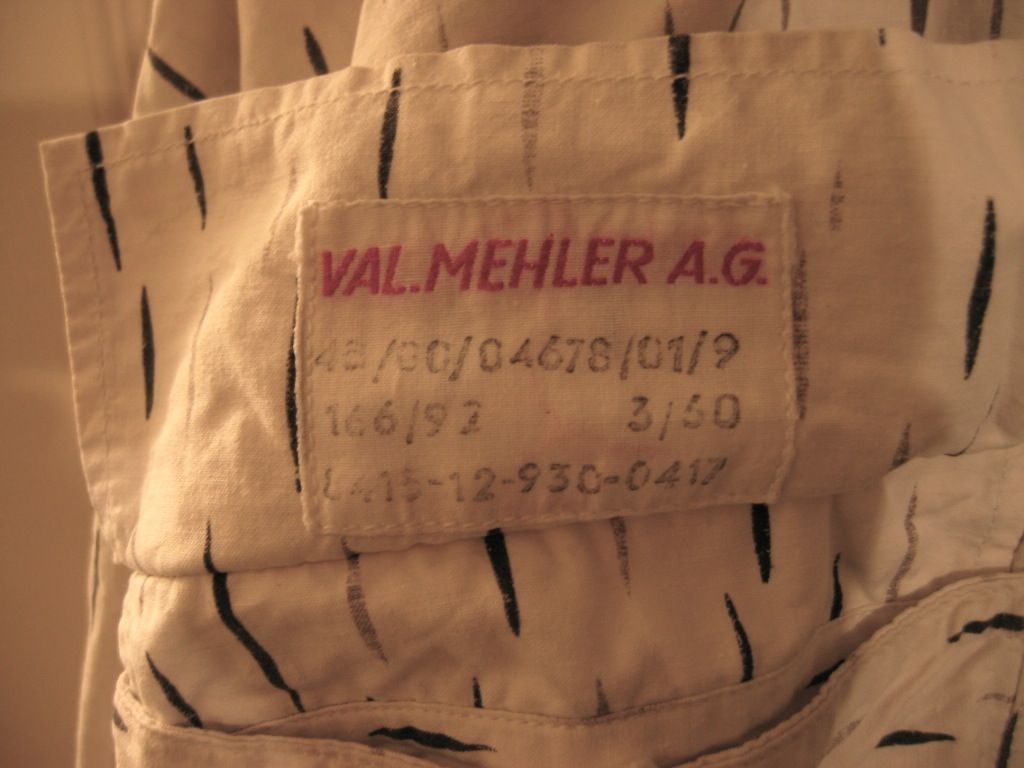
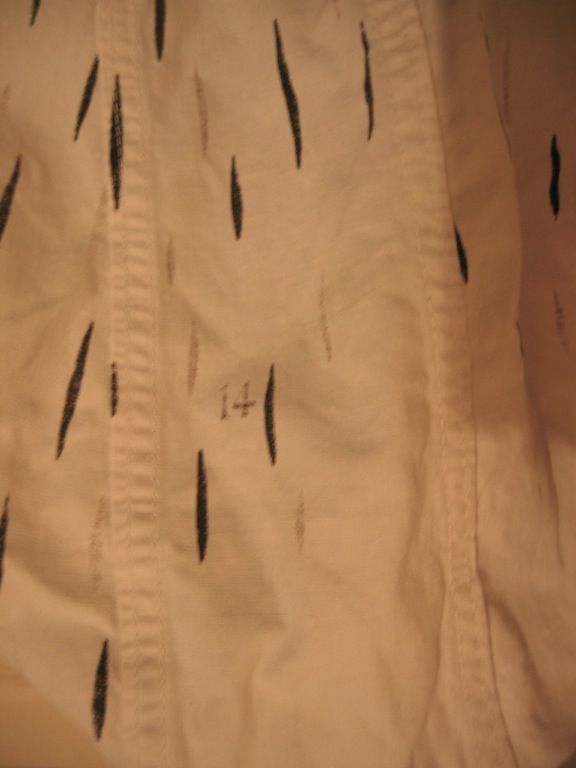
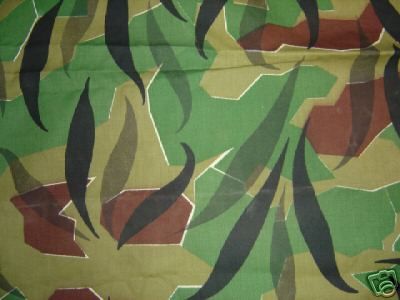
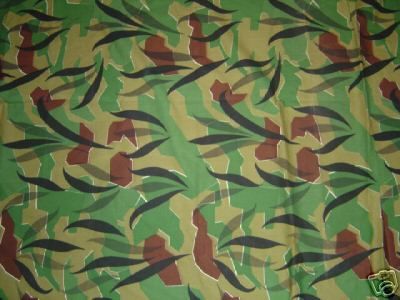
Comment